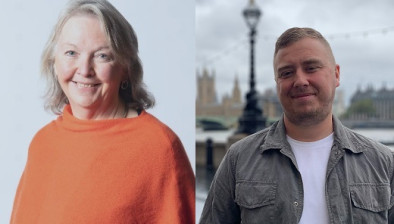Glasgow HIV outbreak result of ‘perfect storm’ of homelessness and cocaine injecting
Homelessness and a rise in cocaine injecting have been linked to a 10-fold increase in HIV infection among drug users in Glasgow, according to new research.
Between 2011 and 2018, the prevalence of HIV among injecting drug users in Greater Glasgow and Clyde increased from 0.1% to 4.8% - and from 1.1% to 10.8% in Glasgow city centre.

More than 100 new cases of HIV were diagnosed among injecting drug users in the region during the seven-year period, compared to an average of 15 annually in the whole of Scotland in previous years.
Scientists at Glasgow Caledonian University (GCU) said the study, which was published in the Lancet yesterday, showed increased injecting and homelessness were key factors in producing “a perfect HIV storm”.
Dr Andrew McAuley, a senior research fellow in blood-borne viruses at GCU, said there had been “a hugely significant increase in the prevalence of HIV infection in the population of people who inject drugs in Glasgow”.
Highlighting that more than nine out of 10 people diagnosed with HIV are now successfully engaged in treatment, Dr McAuley also claimed the study supported those arguing for a safe drugs consumption room to be set up in Glasgow city centre.
Dr McAuley said: “The prevalence of HIV has been low and stable in this population since major outbreaks of HIV in the 1980s in Edinburgh and Dundee.
“However, the prevalence of HIV in Glasgow has increased 10-fold among people who inject drugs in the past seven years, from just 1% to over 10% in the city centre.
“The key drivers of infection are an increase in cocaine injecting, and homelessness.
“We also have a large population of people who inject in public places in Glasgow at a time when HIV has re-emerged.
“A combination of these factors has created a perfect storm for rapid transmission of HIV among people who inject drugs in Glasgow.”
The research was carried out together with NHS Greater Glasgow and Clyde and the University of the West of Scotland.








